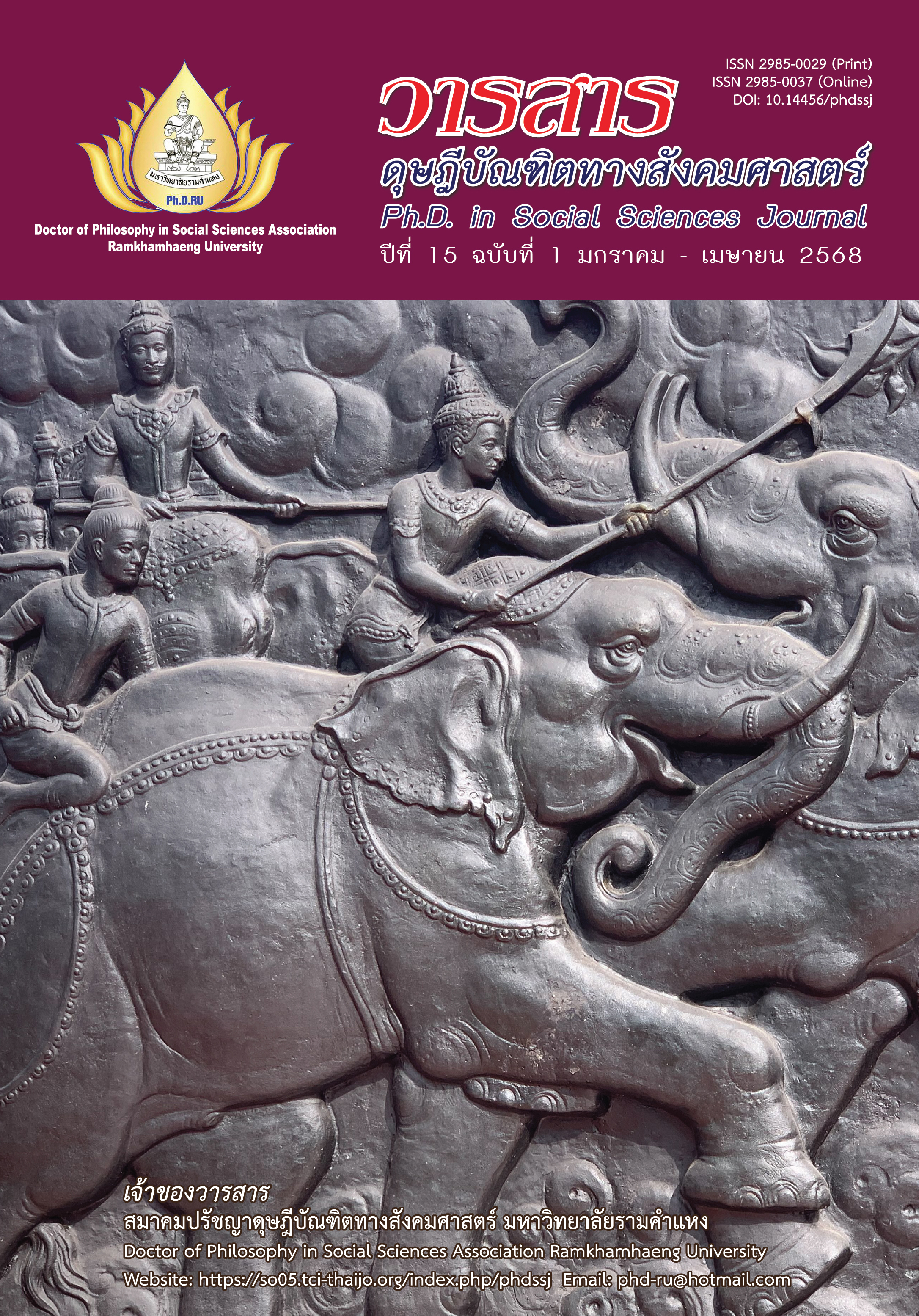Guidelines for Developing Police Stations to High Performance Organization
Main Article Content
Abstract
This academic article aims to propose guidelines for developing police stations into High Performance Organizations (HPO) along with presenting concepts and methods for developing police stations into high performance organizations through the perspective of the concept of high performance organizations the Royal Thai Police to apply it to improved and developed the management of police stations as appropriate to be a police stations for the people. However, organizational performance depends on the internal and external environment as well as the organizational culture especially the lead of police station or the leader of organization must be a leader that causes in developing the potential in individuals, vision and values to be a behavior that leads to a high performance organization
Findings are as follows: The guidelines for developing police stations into high performance organizations should be implemented according to the concept of a high-performance organization by developing the core capabilities of the Royal Thai Police in accordance with the quality criteria for public sector management (Public Sector Management Quality Award--PMQA 4.0) consists of 7 factors: leadership, strategic planning, service recipients and stakeholders focus, knowledge management, workforce focus, operating systems, and operational results. Including other factors that affect the operation of police stations to become high performance organizations such as effective communication Creating motivation to work and creating work-life balance.
Article Details

This work is licensed under a Creative Commons Attribution-NonCommercial-NoDerivatives 4.0 International License.
Academic articles, research articles, and book reviews in the Ph.D. in Social Sciences Journal are author’s opinions, and not the publisher’s, and is not the responsibility of the Ph.D. in Social Sciences Journal Philosophy Association, Ramkhamhaeng University. (In the case that research is done on human, the researcher has to be trained in Ethics for Doing Research on Human Training and has to produce the evidence of the training).
References
Appelbaum, S. H., & Vecchio, R. P. (1995). Managing organizational behaviour: A contemporary perspective. Dryden.
Blanchard, K. H. (2007). Leading at a higher level: Blanchard on leadership and creating high performing organizations. Financial Times Press.
Chaovalit, S. (2013). New public management (7th ed.). Sematham. [In Thai]
Charoenwongsak, K. (2023). 8E Efficacy model: Outwin management strategy. Success Publishing. [In Thai]
de Waal, A. A. (2010). Performance-driven behavior as the key to improved organizational performance. Measuring Business Excellence, 14(1), 79-95.
Gulick, L., & Urwick, L. (1937). Papers on the science of administration. Institute of Public Administration.
Holbeche, L. (2005). The high performance organization: Creating dynamic stability and sustainable success. Elsevier Butterworth-Heinemann.
Juito, S. (2011). New innovation management (2nd ed.). Sukhothai Thammathirat Open University, Office of Academic Affairs. [In Thai]
Lawler, E. E. III., Mohrman, S. A., Ledford, G. E. Jr. (1998). Strategies for high performance organizations. Jossey-Bass.
Mekmanee, P. (1976). Police and justice. Borpit. [in Thai]
Piumsombun, P. (1987). Police administration. Odion Store. [in Thai]
Romer, L. M., Miller, J. D., Haverkamp, H. C., Pegelow, D. F., & Dempsey, J. A. (2007). Inspiratory muscles do not limit maximal incremental exercise performance in healthy subjects. Respiratory Physiology & Neurobiology, 156(3), 353-361.
Schermerhorn, J. R., Hunt, J. G., & Osborn, R. N. (2005). Organizational behavior (9th ed.). John Wiley & Sons.
Wilson, O. W., & McLaren, R. C. (1972). Police administration (3rd ed.). McGraw-Hill.
Wiruchnipawan, W. (2005). Management administration and development administration of organs under the constitution and state agencies. Nititham. [In Thai]
Wongsarasri, P., & Chaovalit, S. (2011). Approach management of Metropolitan Police Station forward to high performance organization. Suan Dusit Graduate School Academic Journal, 7(2), 63-77. [In Thai]


